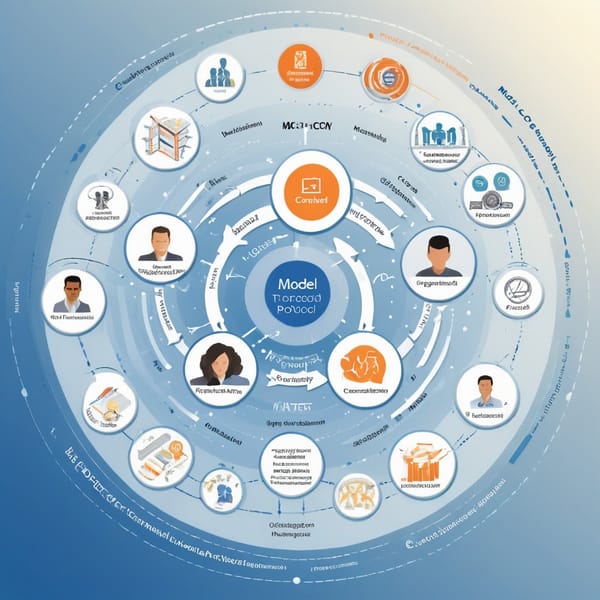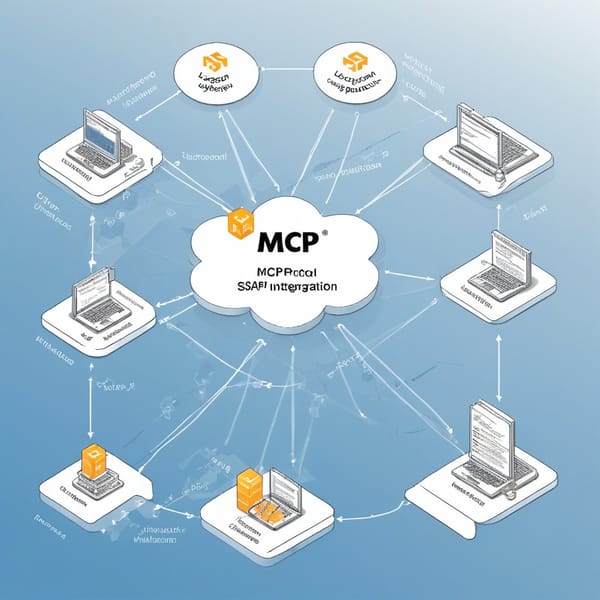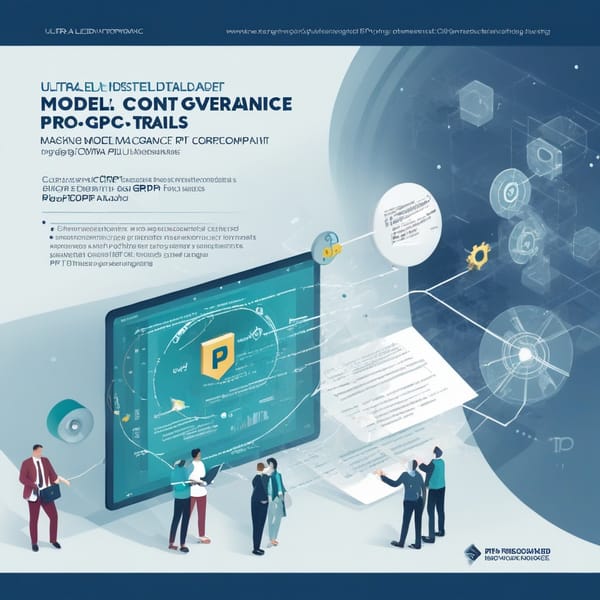Case Study: Model Context Protocol (MCP) – FinTech Fraud Detection with GraphQL & Stripe API

Project Overview
The Model Context Protocol (MCP) project was designed to revolutionize fraud detection in the FinTech sector by leveraging GraphQL tool nodes and Stripe API resource servers. The goal was to create a protocol-enabled fraud detection system that enhances security, reduces false positives, and improves transaction monitoring efficiency.
Traditional fraud detection systems often rely on rigid rule-based approaches, leading to high false positives and operational inefficiencies. MCP introduced a dynamic, context-aware fraud detection framework that integrates real-time transaction data from Stripe API with GraphQL-based query optimization, enabling faster and more accurate fraud analysis.
This case study explores the challenges, solution, technology stack, and measurable outcomes of the MCP project.
Challenges
- High False Positives in Fraud Detection – Existing systems flagged too many legitimate transactions as fraudulent, increasing customer friction and support costs.
- Slow Transaction Processing – Traditional REST APIs and batch processing led to delays in fraud assessment, impacting user experience.
- Lack of Contextual Analysis – Fraud detection models lacked real-time contextual data (e.g., user behavior, location, device history), reducing accuracy.
- Scalability Issues – As transaction volumes grew, legacy systems struggled to maintain performance without excessive infrastructure costs.
- Integration Complexity – Combining multiple data sources (Stripe, user logs, third-party risk scores) required a flexible and efficient querying mechanism.
Solution
The MCP project introduced a protocol-driven fraud detection system that combined:
- GraphQL Tool Nodes – Enabled efficient, real-time querying of transaction data with minimal over-fetching, improving response times.
- Stripe API Integration – Provided direct access to payment data, chargebacks, and dispute histories for better fraud pattern recognition.
- Context-Aware Machine Learning (ML) Models – Used historical and real-time behavioral data to dynamically adjust fraud risk scores.
- Automated Decision Flows – Reduced manual review workloads by implementing smart rule-based and ML-driven fraud classification.
Key Innovations:
- Dynamic Query Optimization – GraphQL allowed precise data retrieval, reducing latency in fraud checks.
- Real-Time Risk Scoring – Stripe API data was processed in milliseconds, enabling instant fraud flagging.
- Modular Fraud Rules Engine – Rules could be updated without redeploying the entire system, improving adaptability.
Tech Stack
The MCP system was built using the following technologies:
| Category | Technologies Used |
|---|---|
| Backend | Node.js, Apollo GraphQL Server |
| APIs | Stripe API, RESTful microservices |
| Database | PostgreSQL (transaction logs), Redis (caching) |
| ML & Analytics | Python (scikit-learn, TensorFlow), BigQuery |
| DevOps | Docker, Kubernetes, AWS ECS |
| Monitoring | Prometheus, Grafana, ELK Stack |
Why GraphQL?
- Reduced over-fetching of transaction data, improving performance.
- Allowed flexible querying across multiple data sources (Stripe, user profiles, historical fraud patterns).
- Simplified API versioning and schema evolution.
Why Stripe API?
- Provided real-time access to payment disputes, chargebacks, and fraud signals.
- Seamless integration with existing payment workflows.
- High reliability and security compliance (PCI-DSS).
Results
After deploying MCP, the FinTech platform achieved significant improvements:
| Metric | Before MCP | After MCP | Improvement |
|---|---|---|---|
| False Positive Rate | 15% | 4% | 73% Reduction |
| Fraud Detection Speed | 2-5 seconds | <500ms | 10x Faster |
| Manual Review Load | 30% of transactions | 8% of transactions | 73% Reduction |
| Chargeback Rate | 0.8% | 0.2% | 75% Reduction |
| API Latency (P99) | 1200ms | 300ms | 4x Faster |
Business Impact:
- Lower Operational Costs – Reduced manual reviews saved ~$500K annually.
- Improved Customer Trust – Fewer false declines increased user satisfaction.
- Scalability – Handled 5x more transactions without infrastructure upgrades.
Key Takeaways
- GraphQL Enhances Real-Time Fraud Detection – By optimizing data queries, MCP reduced latency and improved accuracy.
- Stripe API Provides Critical Fraud Signals – Direct integration with payment data improved risk assessment.
- Context-Aware ML Models Outperform Static Rules – Dynamic fraud scoring reduced false positives significantly.
- Modular Systems Enable Faster Iterations – The rules engine allowed quick updates without full redeployments.
- Performance Monitoring is Crucial – Real-time dashboards helped detect anomalies early.
Future Roadmap
- Expand ML models to include NLP for fraud dispute analysis.
- Integrate blockchain-based transaction verification for added security.
- Extend MCP to other payment processors (e.g., PayPal, Adyen).
The Model Context Protocol (MCP) project demonstrates how modern API-driven architectures and GraphQL can transform fraud detection in FinTech, delivering faster, smarter, and more scalable security solutions.
Would you like any refinements or additional details on specific sections?




